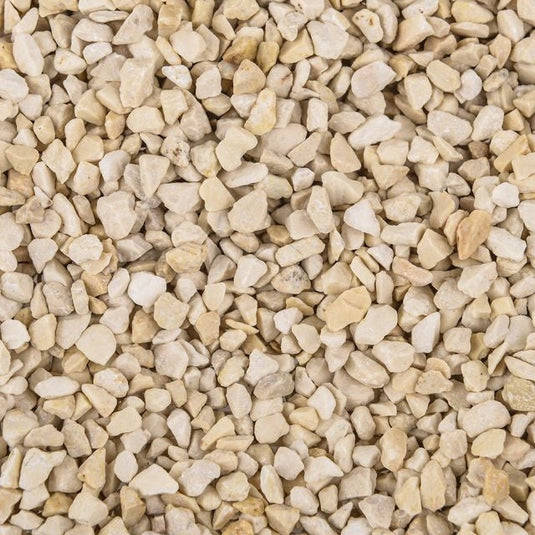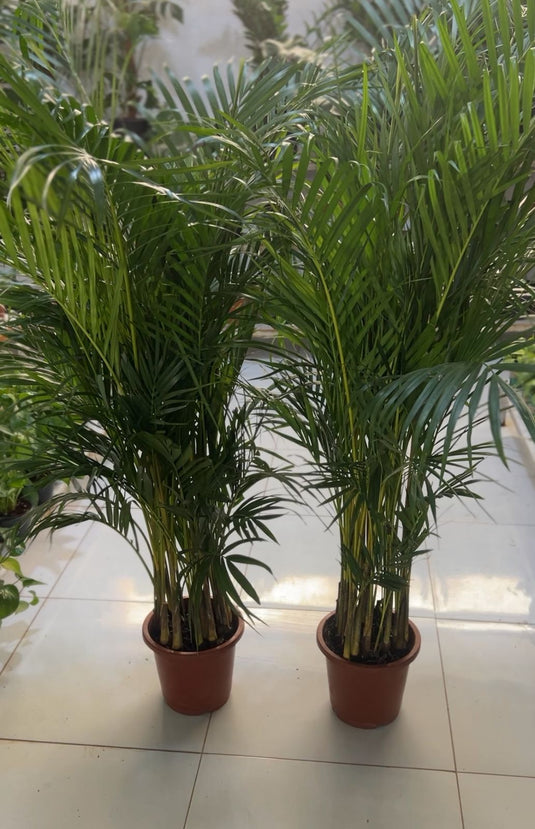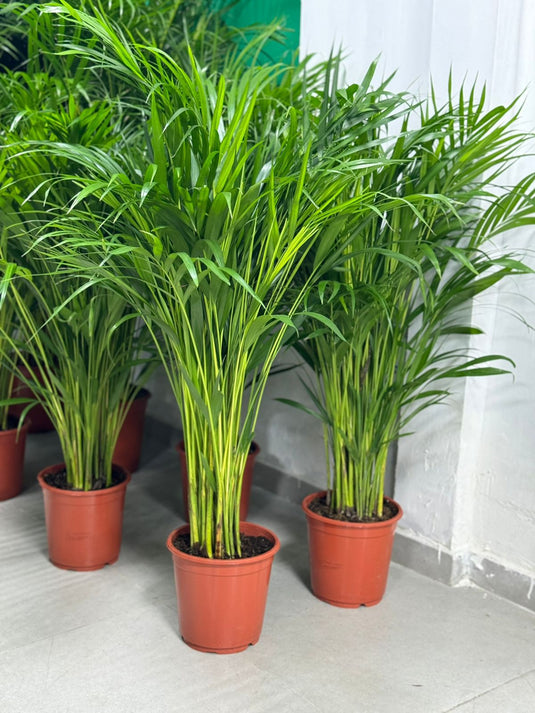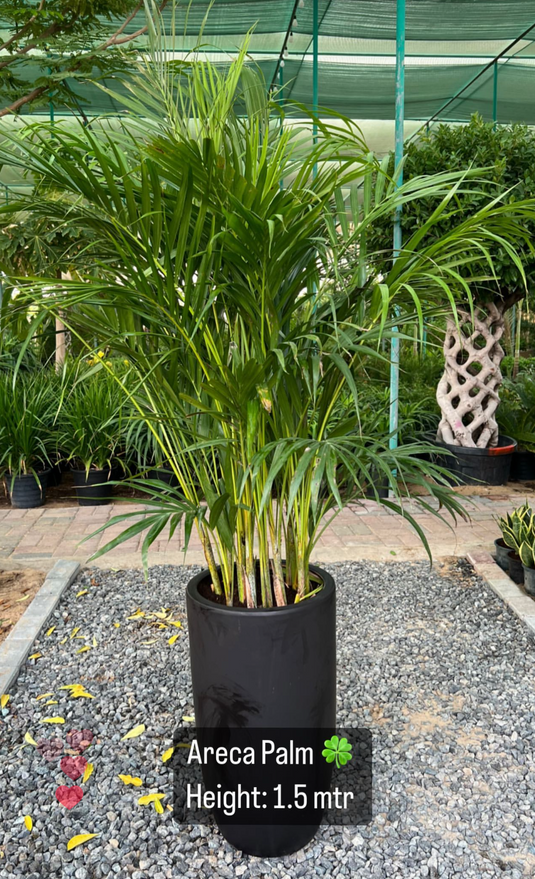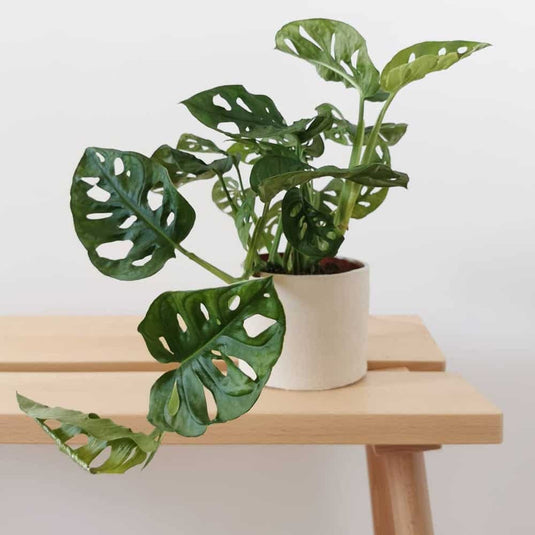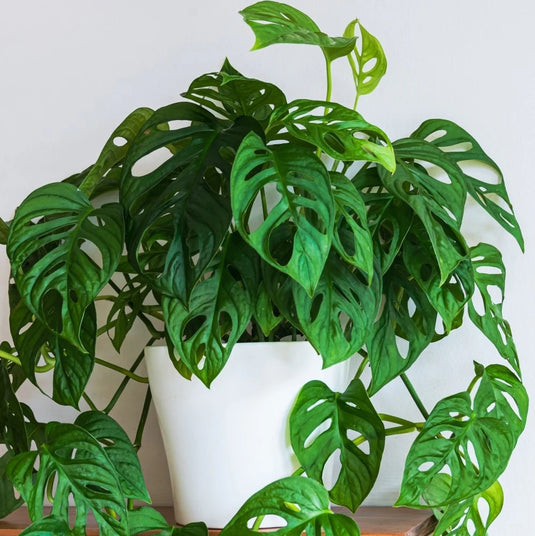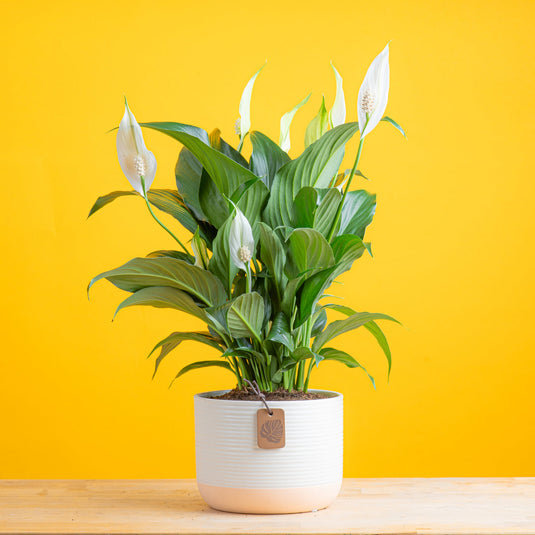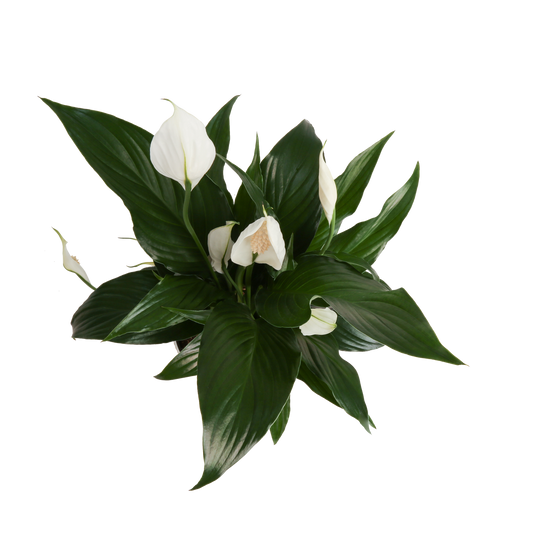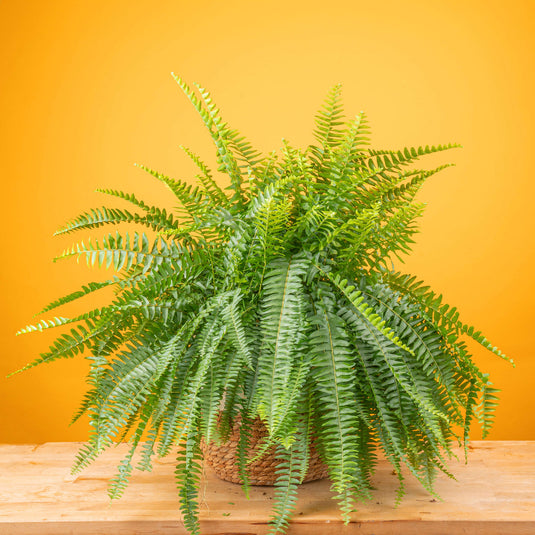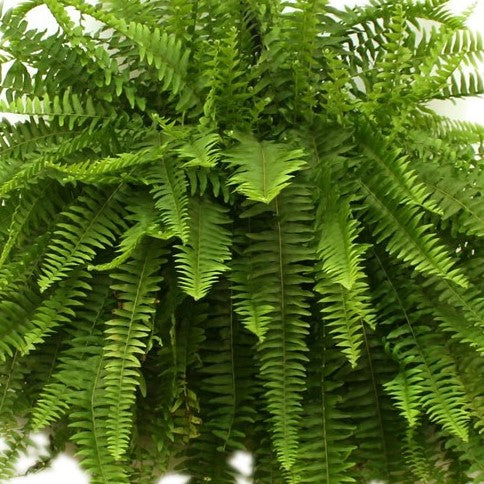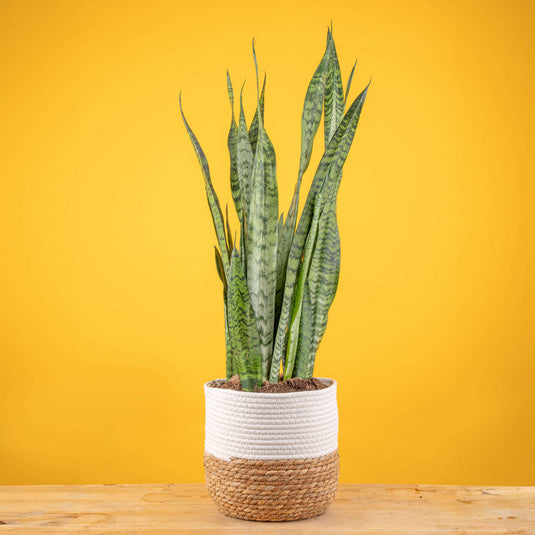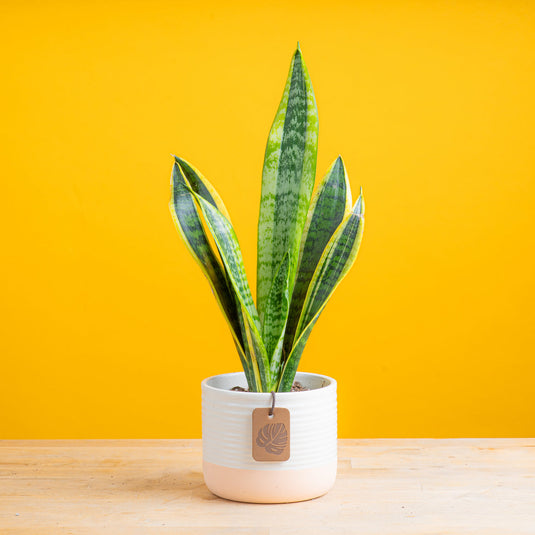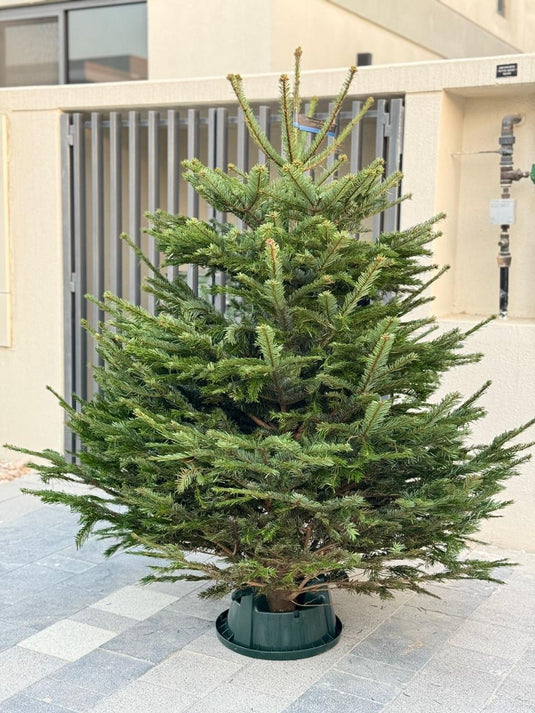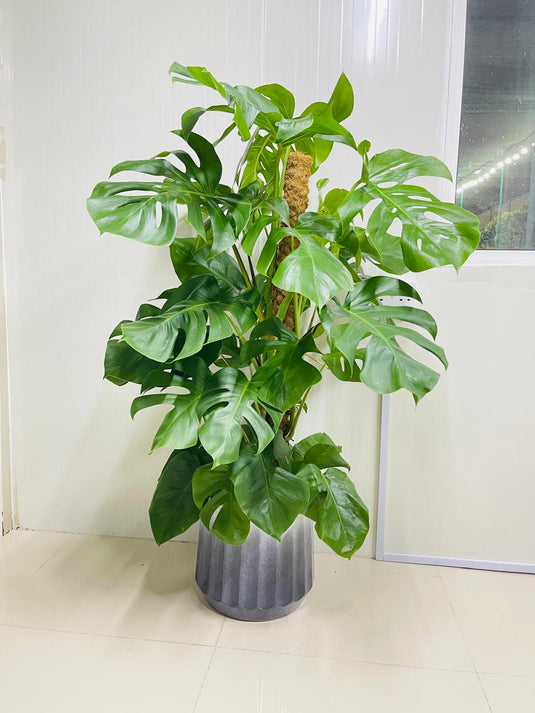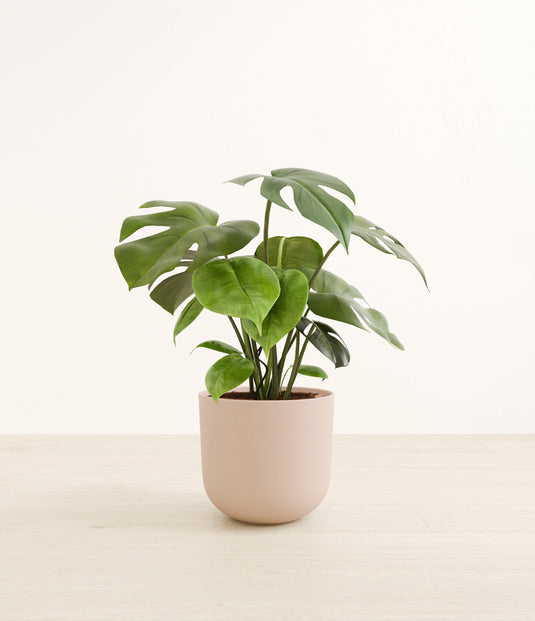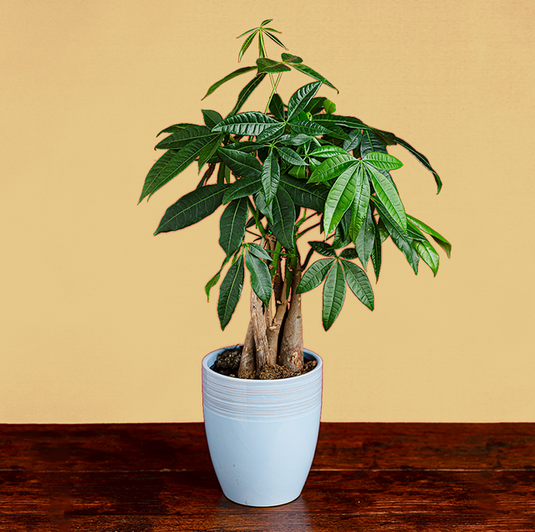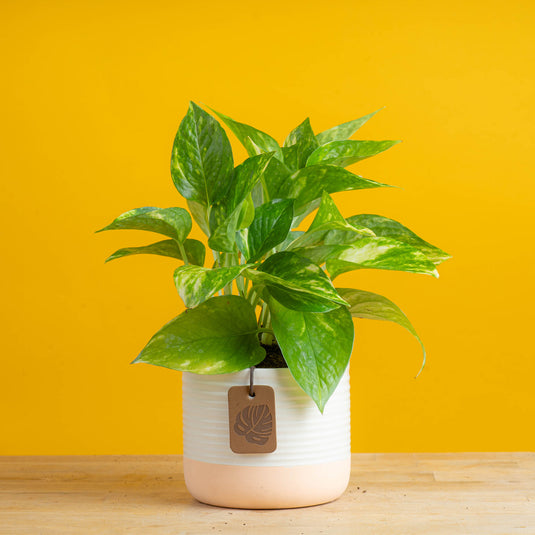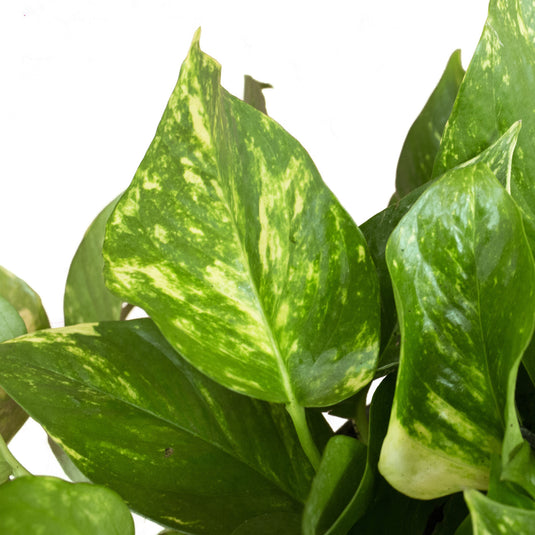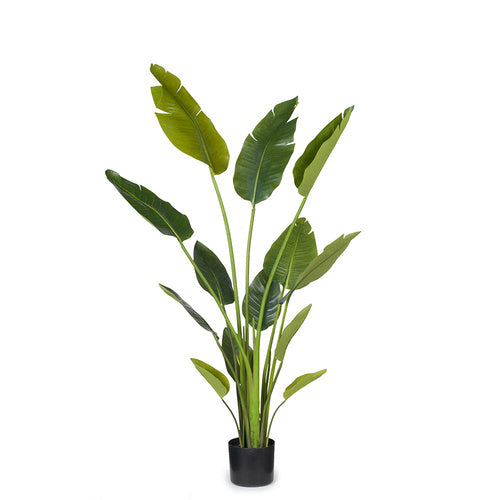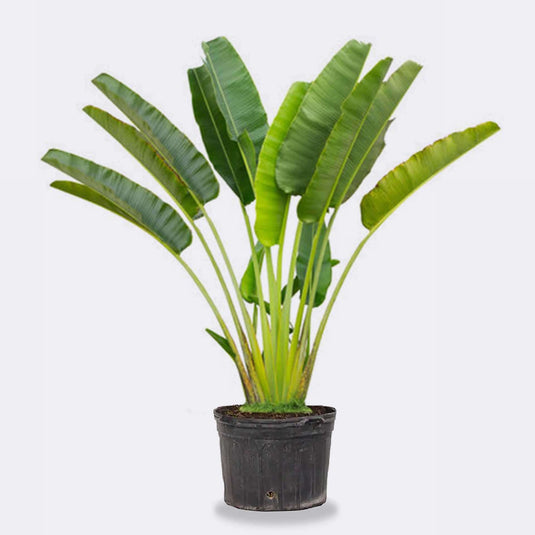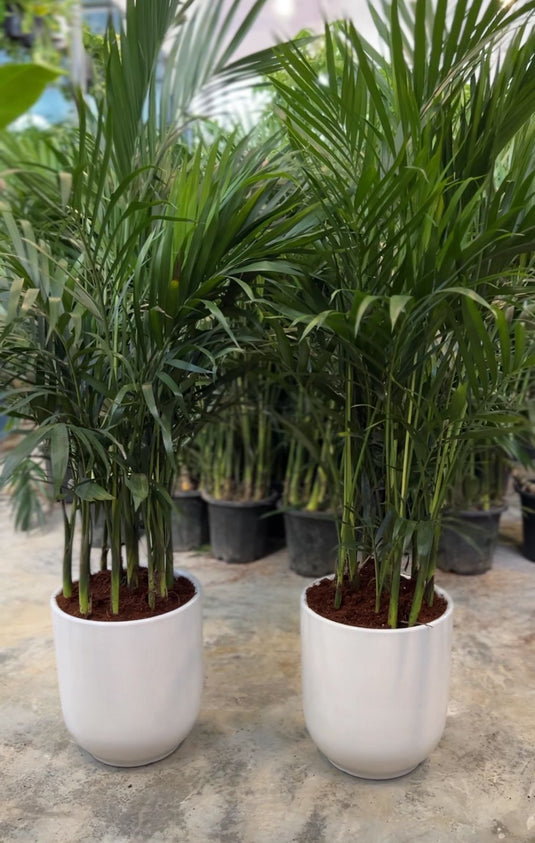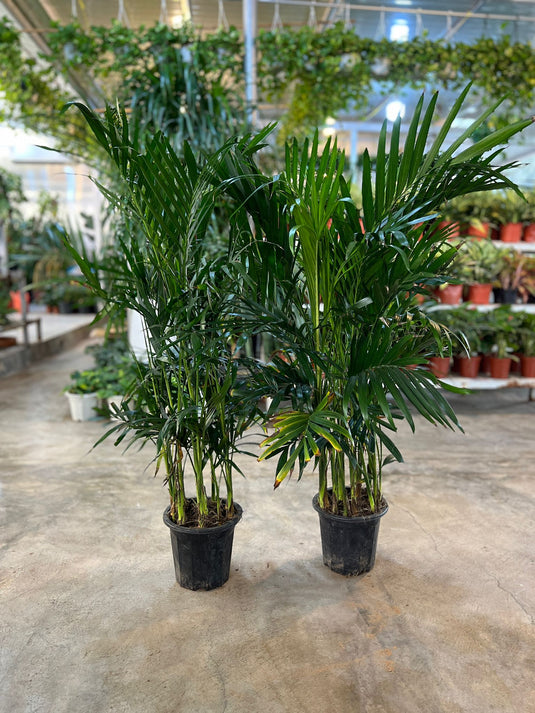Beige Gravel
- Healthy Arrival Guarantee
- Free Plant Care Consultation
- Safe & Secure Payment

We will send you a notification as soon as this product is available again.
-
Estimated delivery: Dec 07 - Dec 11
-
Free return within 7 days of purchase.
Plant Description
Beige gravel refers to small, naturally occurring stones that are light tan to beige in color, commonly used in landscaping and construction. The global market for gravel is expected to reach USD 66 billion by 2030, driven by increasing construction activities and infrastructure development worldwide.
5 Amazing Benefits of Beige Gravel
1. Aesthetic Appeal
Beige gravel enhances the visual appeal of landscapes, providing a neutral tone that complements various plants and structures. A study by the University of Washington found that natural stone materials improve property aesthetics, potentially increasing property values.
2. Versatility
Beige gravel is versatile and can be used in multiple applications, including pathways, driveways, and decorative landscaping. According to a report by the National Association of Home Builders, versatility in materials is a key factor in homeowner satisfaction.
3. Drainage Solutions
Beige gravel offers excellent drainage properties, reducing water pooling and promoting healthy soil conditions. Research from the American Society of Civil Engineers highlights that gravel can improve drainage efficiency in urban landscaping.
4. Cost-Effective Material
Beige gravel is often more affordable compared to other landscaping materials, making it a budget-friendly choice. The Home Improvement Research Institute states that the cost-effectiveness of materials significantly influences consumer choices in home renovations.
5. Low Maintenance
Beige gravel requires minimal maintenance, making it an ideal choice for homeowners seeking to reduce upkeep efforts. A study by the University of Minnesota found that low-maintenance landscaping options can save homeowners time and money.
Disadvantages
· While beige gravel provides aesthetic appeal, it may require occasional weeding.
· Natural elements can cause the color of beige gravel to fade over time, leading to changes in appearance.
· Beige gravel lacks the softness of other materials, which may affect comfort for certain landscaping uses.
· The weight of beige gravel can pose challenges during installation, necessitating careful planning.
· Over time, beige gravel may compact, potentially requiring replenishment to maintain appearance and functionality.
Frequently Asked Questions
1. Is beige gravel environmentally friendly?
Yes, beige gravel is a natural material that contributes to sustainable landscaping practices.
2. Can I use beige gravel in water features?
Yes, beige gravel is suitable for water features, providing a natural look.
3. Will beige gravel attract pests?
No, beige gravel does not attract pests compared to organic materials.
4. Is beige gravel easy to install?
Yes, beige gravel is relatively easy to install, though planning is essential for best results.
5. Does beige gravel retain heat?
Yes, beige gravel can absorb heat, but it typically remains cooler than darker stones.
Final Verdict: Should I Buy Beige Gravel?
Yes, purchasing beige gravel is a worthwhile investment based on its aesthetic appeal, versatility, and low maintenance needs, backed by various studies on landscaping materials.
Plant Care
Watering
Water your plant once a week or when the soil starts to feel slightly dry on the surface. Keep the soil consistently moist, but be careful not to overwater, as this can cause brown spots and leaf drop. If the leaves become curly or dry, it's a sign that the plant needs water. It's best to water your plant in the early morning or late evening when the temperatures are cooler. Always check the soil before watering.
Light
Provide bright indoor light or indirect sunlight for about 6 to 8 hours a day.
Temperature
Maintain temperatures between 18°C and 24°C. Avoid exposing the plant to drafts, as these can cause undesirable temperature fluctuations. Mist the plant occasionally, about twice a week, to help maintain optimal humidity levels.
Fertilizer
Apply liquid fertiliser every 15 days when the plant is actively growing. For best results, use Folikraft ready-to-use Indoor Plant Food.
